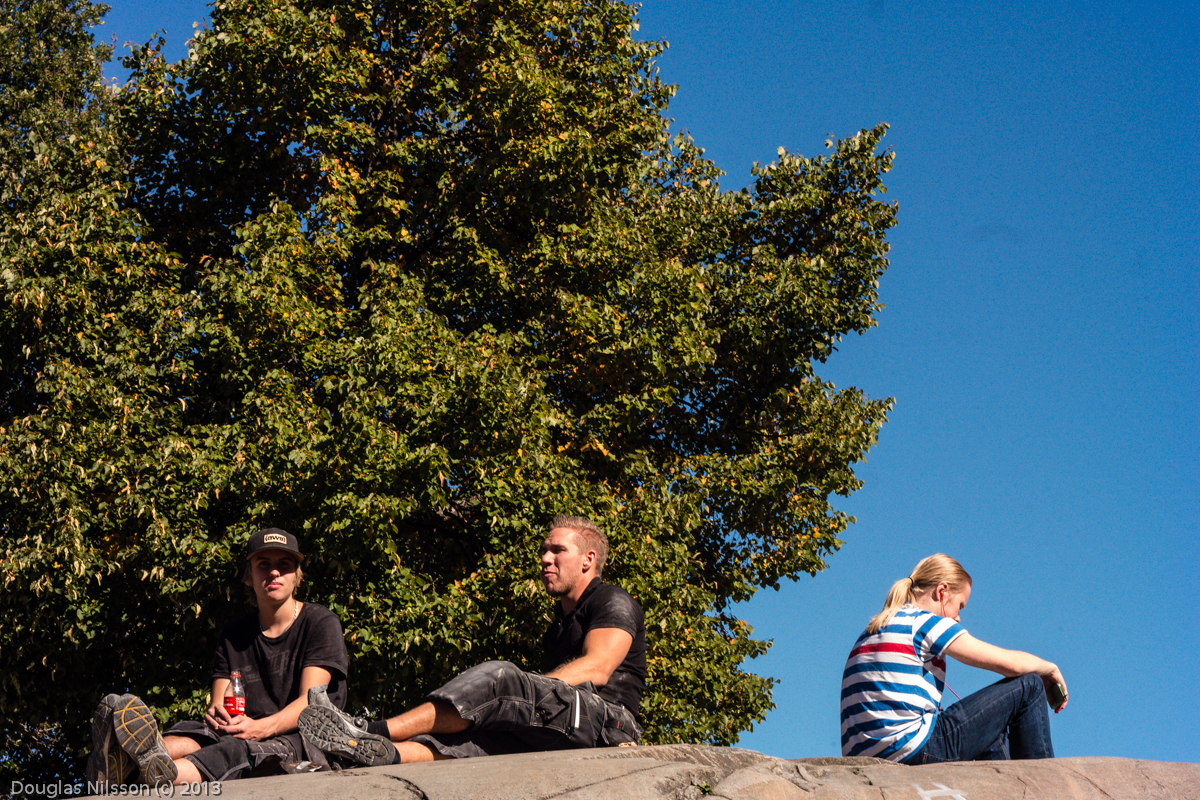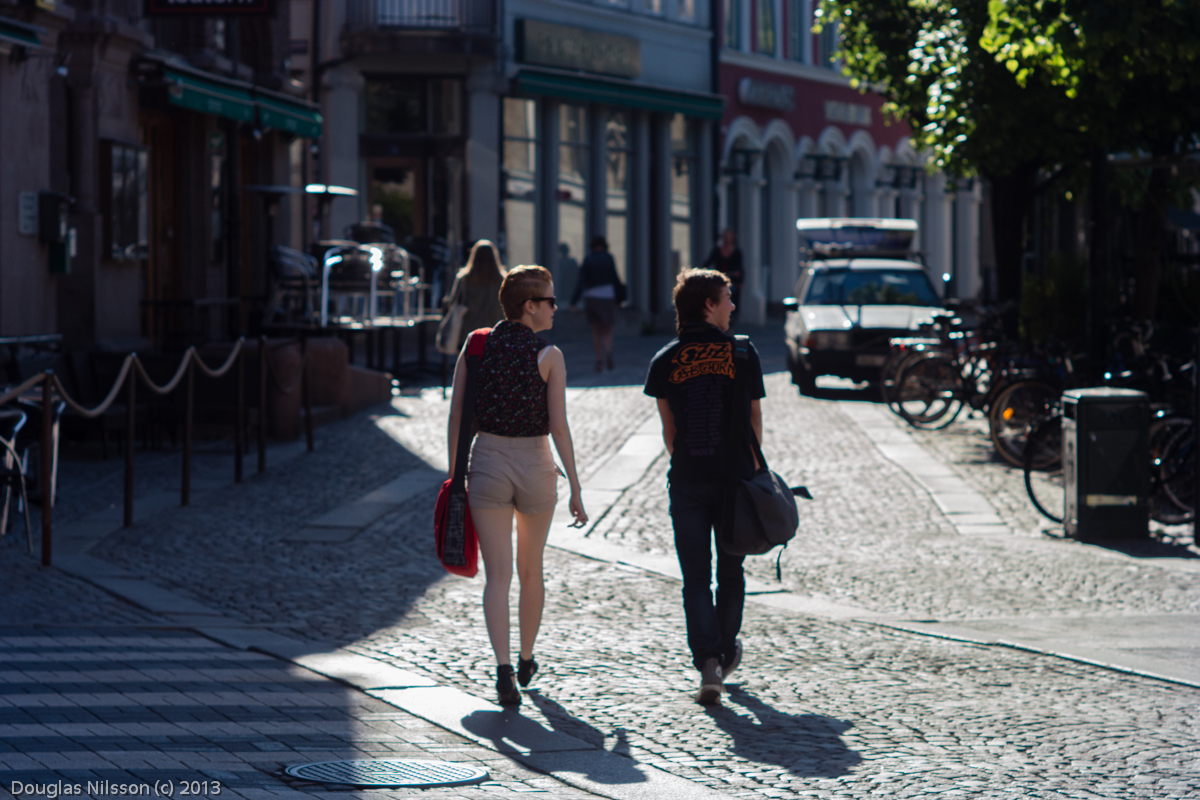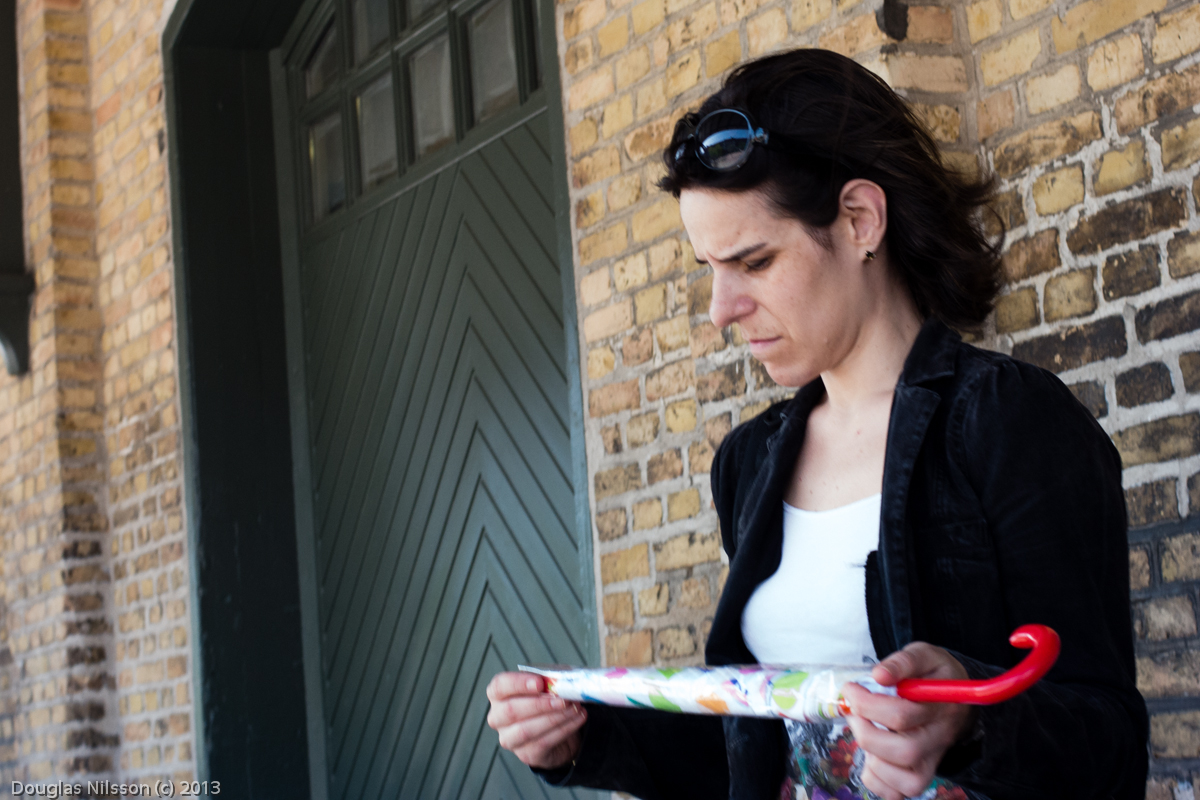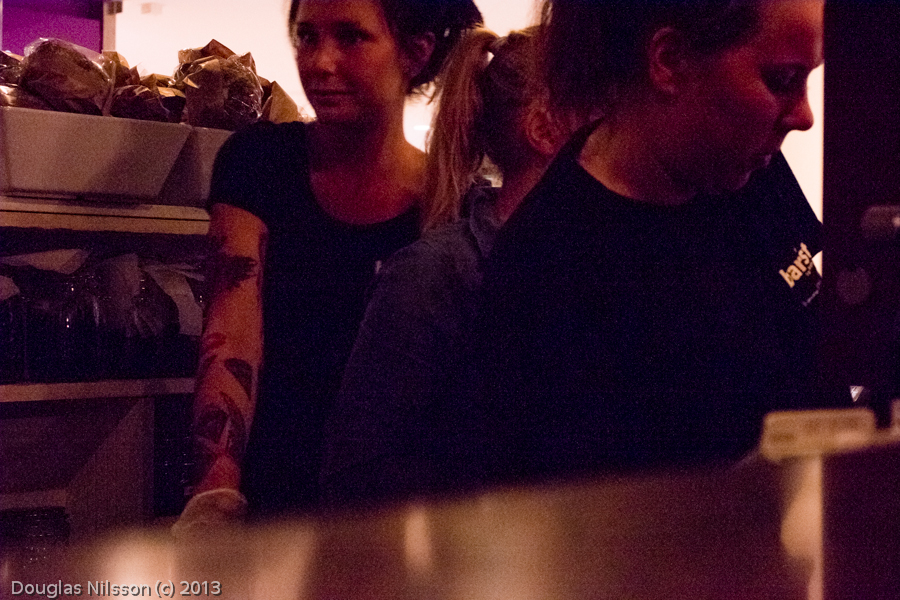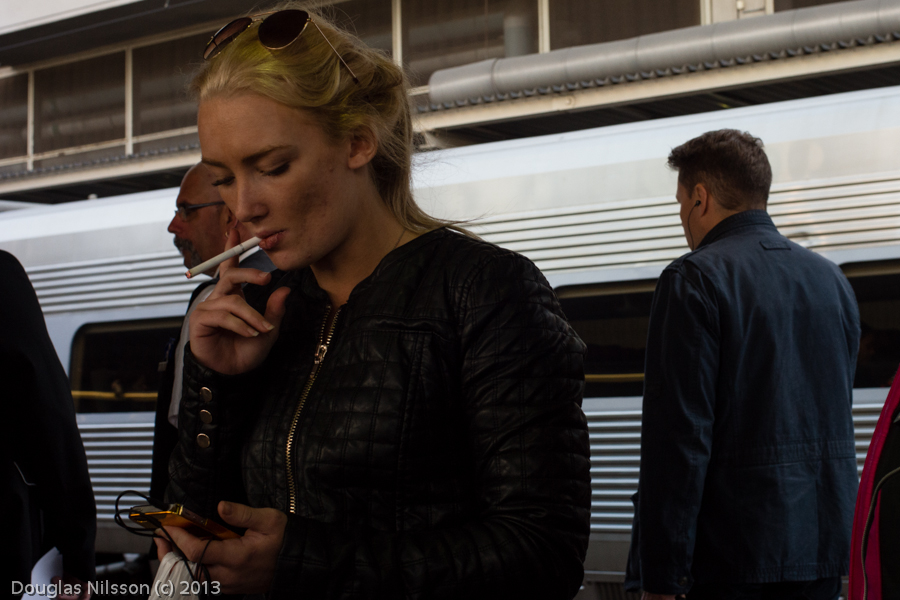For the first time since 1983 I am traveling without a Pentax camera.It is somewhat scary. Instead I have the Samsung NX20 EVIL with a Konica AR adapter from FOTGA and a bunch of Konica Hexanon AR lenses.
In honor of Konica, my first SLR system 1980-1983, I've searched my cabinets for an old Konica labelled shoulder strap. On the camera in this humble phone-shot, you find the Hexanon AR 40mm f1.8 pancake. With me in the bag is also the
Hexanon AR 24mm f2.8
Hexanon AR 57mm f1.2
Hexanon AR 85mm f1.8
Macro-Hexanon AR 105mm f4 with the autohelicoid
And I almost forgot...I also have one Samsung "pancake-zoom" 20-50mm with me. If I crawe autofocus at some point.
There is a lot I cannot say yet about this camera until I have worked with the images it deliver. But one annoying thing must be reported.
When the NX-AR adapter arrived yesterday and I mounted it on the camera (with a lens), the camera insisted with sending error-messages such as "no lens" and "lens detached" and refused to shoot. I've seen that some adapter manufacturers list one earlier Samsung model as having this problem, but I don't remember which one. The NX20 appeared to be too new, it wasn't listed as a problem, but usually not as an confirmed option either.
After some experimenting I discovered that the mount includes a pin that are pressed into the camera body when a lens is mounted, but for some reason, the original Samsung lens trigger this, but the adapter doesn't, despite that I cannot see any difference in size of the teeth of the adapter v.s. original lens mount. The original lens has a plastic mount, but the adapter is metal, so first hypothesis was that the mount didn't work if it was conductive, but after some experimenting, with metal and non-metal tools, it turns out to be wrong. What is this!
It took me about 20 minutes to take apart the camera and discover a way to get around this. The female lens mount is easily removed with a screwdriver. Four screws. Behind the metal ring, a plastic ring and a second metal ring. Removing all three (carefully noting their position), I could remove the critical metal pin. There is a small spring around the pin. After some experimenting it turns out that deep inside the whole where the pin resides, there is some sort of sensor that detect if a lens mount is pressing the pin into the body or not. I took a bit of metal foil (it did not have to bee conductive, but metal foil is easy to shape), formed a cylinder of about 1mm diameter, 2-3mm length, and then jammed the foil into the whole, pushing, pushing, and then inserting the metal pin and spring, replacing the mount rings and screws...
And it works! Now the camera is always convinced that there is a lens in the camera mount. And it doesn't interfere with any other functions.
What I wonder most is why Samsung has included this idiotic pin? The only explanation I can see is if they are actually trying to make it difficult to their customers to mount and use adapters and old lenses...
